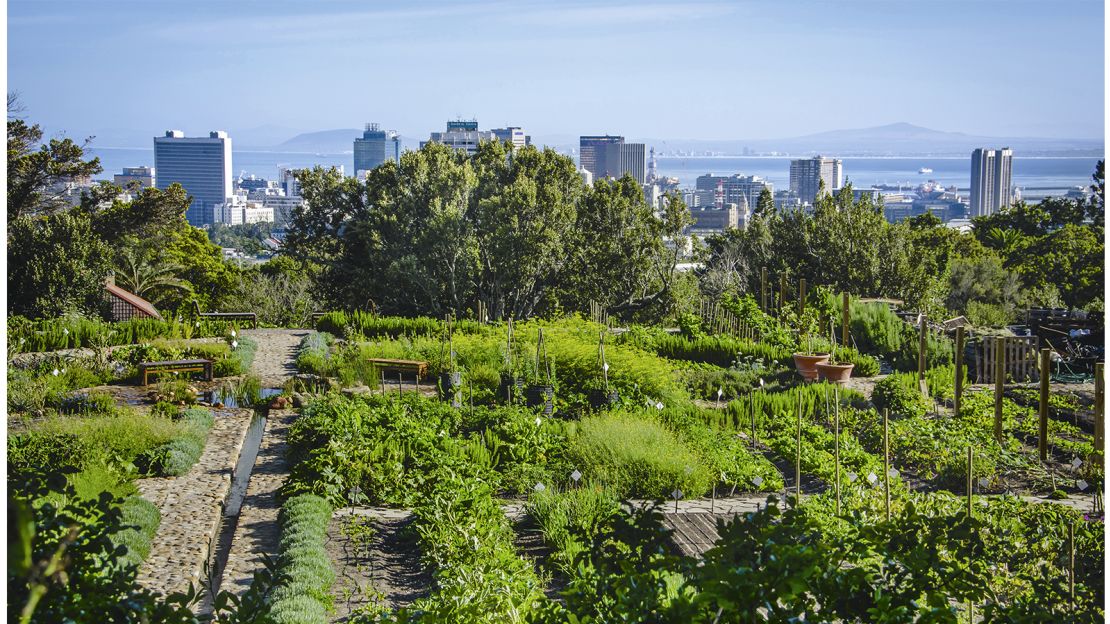Not known Incorrect Statements About City Blooming
Not known Incorrect Statements About City Blooming
Blog Article
City Blooming for Beginners
Table of ContentsSee This Report about City Blooming4 Simple Techniques For City BloomingFacts About City Blooming RevealedThe City Blooming PDFsThe City Blooming Ideas
Fascinated in expanding food for sale in the City of Chicago? Below is a listing of frequently asked inquiries relating to the guidelines and guidelines that cultivators need to think about when preparing a metropolitan agriculture project.
The zoning amendment does not customize any other codes dealing with composting, building authorizations, purchasing or leasing City owned home, organization licenses or ecological contamination. There are existing codes that manage these problems and they continue to be completely result and may apply to your job. Area yards are usually had or taken care of by public entities, public organizations or community-based companies and maintained by volunteers.
Urban ranches grow food that is meant to be marketed, either on a nonprofit or for-profit basis. Because of their commercial purpose, city farms need an organization certificate. Yes. A community garden is enabled to market excess create that was grown on site if the sales are accessory or subservient to the garden's key objective defined over.
City Blooming - The Facts
Composting is allowed however only for plant material that is created and utilized on site. The quantity of compost product can not exceed 25 cubic yards at any provided time according to the requirements in 7-28-715 of the City's Municipal Code. Yes. Since the soil at the majority of new yard sites needs amending, compost, dirt, wood chips, or other materials can be acquired to construct or boost the expanding room - garden care.

If a structure license is called for after that the hoophouse will be thought about an accessory building. You can figure out even more regarding the structure authorization demands by speaking to the Division of Structures. The 25,000-square-foot size limitation is planned to avoid a single neighborhood garden from controling a given block or interfering with the block's existing residential or industrial character.
The restriction does not relate to gardens found in Public Open Area (POS) districts. Can there be even more than one area garden that is 25,000 square feet on a single block? Yes. The size limit applies to specific gardens, not to private blocks. No. Fence is not called for, nonetheless, yards that have big car park locations may be called for to install fence or various other landscape design features.
Things about City Blooming
B1 & B2 districts need that all business usage activities be conducted inside your home. R areas restrict industrial task. The regulations reflect the function and intent of the Zoning Code. Is fence needed for metropolitan ranches? Yes. Fencings may be needed, along with landscape design and screening, for particular auto parking areas and exterior job or storage locations depending upon location and the details activity happening.
Urban farms require building authorizations and zoning approvals prior to building (fruit and vegtables). Other types of city review might be required depending on certain structures, activities, size, landscaping, licensing, public heath and stormwater administration issues.
The Department of Organization Matters and Customer Defense can assist figure out the details type of organization license that's needed. Off street car parking is needed for most business jobs in Chicago. The required number of car parking spaces is based on the number of employees working on website and not the square video of the expanding space.
An Unbiased View of City Blooming

Yes. A metropolitan ranch can market compost product produced on site, nonetheless, the procedure needs to abide by the policies in 7-28-715 of the Chicago Municipal Code. Yes. Aquaponic systems are allowed indoors on city farms in numerous zoning areas. A zoning evaluation and structure authorization is required in order to install structures or systems and a service permit is required as described above.
As much as five hives or swarms of honey bees may be maintained as an accessory use. Beekeepers need to sign up with the Illinois Department of Farming. For more information regarding the proposed zoning change you may call the Department of Real Estate and Economic Development, Bureau of Preparation and Zoning at 312.744.8563.
Farming in cities and metropolitan locations An urban ranch in Chicago. Urban agriculture describes numerous practices of cultivating. https://www.imdb.com/user/ur183982377/?ref_=nv_usr_prof_2, processing, and distributing food in city locations. The term likewise applies to the location tasks of pet husbandry, aquaculture, beekeeping, and horticulture in a city context. Urban agriculture is distinguished from peri-urban farming, which takes area in rural locations at the edge of residential areas.
The 25-Second Trick For City Blooming
It can involve a movement of organic cultivators, "foodies" and "locavores", who look for to form social media networks based on a common ethos of nature and area holism. These networks can establish using formal institutional support, ending up being integrated right into regional town as a "transition community" motion for lasting city advancement.
The a lot more straight accessibility to fresh veggie, fruit, and meat items that might be become navigate to this website aware via urban farming can boost food safety and food security while reducing food miles, bring about reduced greenhouse gas emissions, consequently adding to climate modification mitigation. Some of the initial proof of urban agriculture originates from Mesopotamia.
Report this page